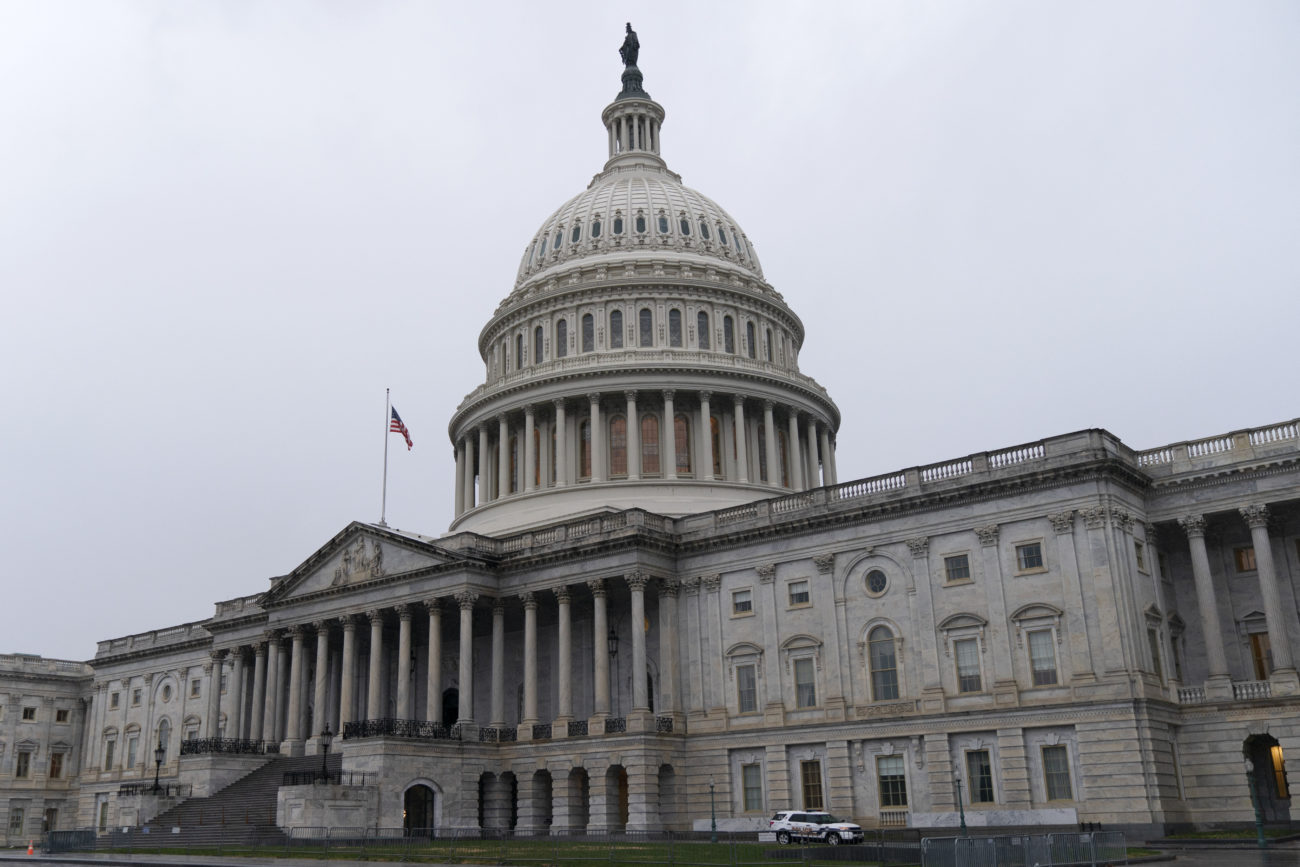In the next 30 years, sea levels will rise as much as they have in the last century, threatening urban areas all over the world.
Unfortunately, most of our existing cities aren’t built to withstand encroaching salt water or other climate-change impacts like floods and extreme storms. And while we need new infrastructure in order to adapt, construction is a major polluter. Today’s built environment is responsible for close to 40% of energy-related carbon emissions.
Architects can help us get out of this double bind — but only if they embrace generative artificial intelligence, which many so far have resisted. To fight climate change, architects need to reimagine their role and abandon their long-held obsession with individual authorship.
While some see AI as an existential threat, it could be our best tool yet for mitigating and adapting to climate change. “Traditional” AI tends to rely on narrow metrics to accomplish specific tasks, but newer generative AI tools can create original content by combining information from billions of sources.
For example, generative AI can help architects pinpoint the best building locations and develop the most sustainable materials. It can use satellite images to create detailed land-use maps, making it possible to test future climate scenarios, such as extreme heat or flooding, for specific places. Architects have already used AI to develop a ceramic surface that defends against viruses and pollution. And they could soon use it to significantly reduce the amount of time and energy needed to design and construct a building.
In all likelihood, the collective creativity of generative AI heralds the end of sole authorship and the celebrity architect. It’s time for architects to abandon individual perspectives and work together to overcome the very real existential threat of climate change.
The end of the celebrity architect is actually a return to older understandings of authorship. Sole credit for a single designer has never been as central to great architecture as some would like to think. Long before Frank Lloyd Wright designed Fallingwater, unknown designers created what is now the world’s longest-standing temple, 11,000-year-old Göbekli Tepe in modern-day Turkey.
In designing sustainable places for tomorrow, the layout of medieval cities could serve as key source material for generative AI tools tasked with creating climate-conscious municipalities. Back then, cities were typically mixed-use, dense, and connected to the surrounding environment — the same principles informing sustainable urban development today.
Architects, and those of us who teach future architects, have a major role to play in saving our environment. With the help of AI we can design, construct and maintain structures that emit little or no carbon and also protect us from what’s ahead. Sacrificing claims to authorship to fulfill our duties to the planet is a small price to pay.
Alessandro Melis is IDC Foundation Endowed Chair and professor of architecture at the New York Institute of Technology in Westbury, N.Y.
 Alessandro Melis
Alessandro MelisThe post Commentary: AI for better buildings appeared first on MyRGV.com.
 (2).png)
 2 weeks ago
36
2 weeks ago
36








 English (US)
English (US)